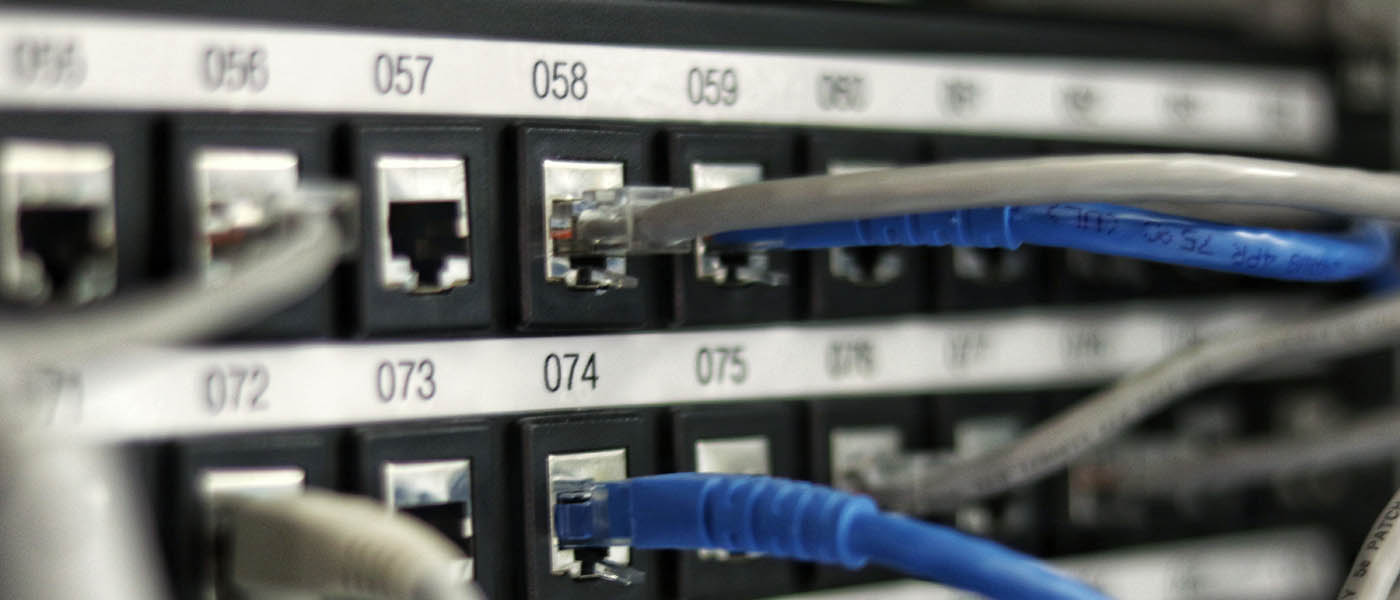
What happens when my data is hacked?
Data breaches are more common than ever before, and they can have devastating consequences for individuals and organizations alike. When your data is hacked, sensitive

Data breaches are more common than ever before, and they can have devastating consequences for individuals and organizations alike. When your data is hacked, sensitive

Are you frightened by the Dark Web? Criminals can use the privacy it offers to purchase and provide illegal items and activities. Your company data

Phishing is a type of attack that uses credible appearing emails and websites to steal information; credit cards, passwords, financial information, etc. Phishing scams are

Keeping your business data secure is of critical importance. If you are a business that captures and stores sensitive client data, you can no longer

Are you wondering why cybersecurity is so critical? Cybersecurity has become essential for businesses of all sizes. In this blog post, we’ll cover why cybersecurity

Modern businesses run on email. Since most computer viruses are contained in email messages, people are becoming the victims of malware, worms, and phishing attempts

Many business owners underestimate the impact network performance and reliability have on productivity within their organizations. But like it or not, your business relies on

Severe weather season is upon us, and many Oklahoma business owners like you are reviewing your backup/disaster data recovery plans. And while we applaud your diligence, let’s

Network security is a growing concern for every business, but while many businesses owners go to great lengths to secure computers and servers, they often overlook

Cyber security is a growing concern for small and medium-sized business owners. Today, more businesses run online applications than ever before. A system vulnerability resulting
Xcel Office Solutions
304 N Meridian Ave, #18
Oklahoma City, OK 73107
Google Map
2023 – Xcel Office Solutions All Rights Reserved